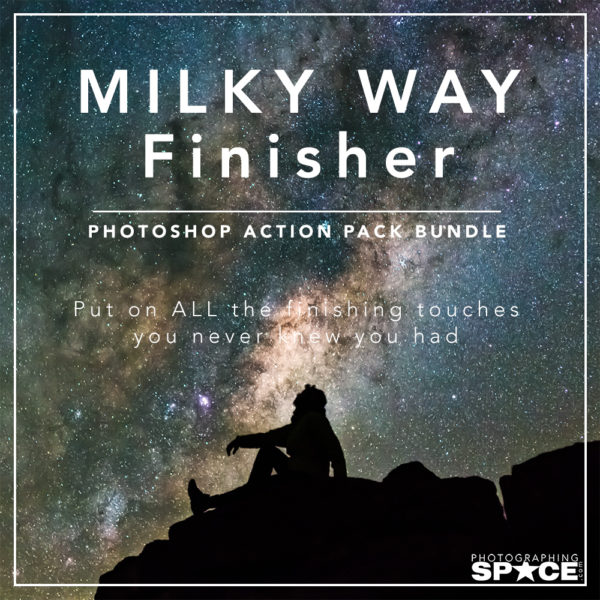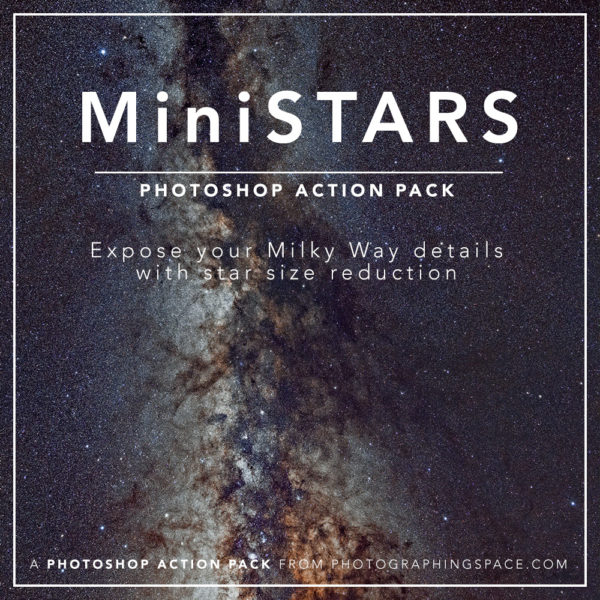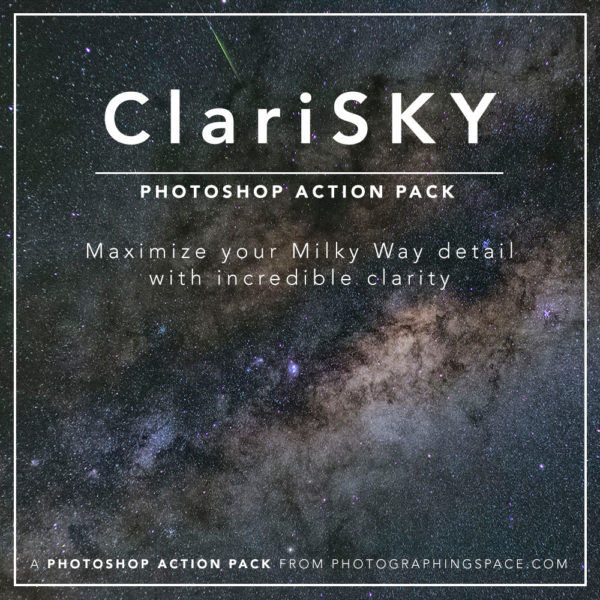Not sure where to start? Here are 5 of the most photogenic heavenly bodies for beginner astrophotographers.
by Luigi Papagno
Astrophotography can seem very overwhelming to the amateur astronomer just starting out. The selection of equipment to choose from, the many add ons for equipment, and all the different viewing techniques and details like exposure time and filters are enough to scare most people away.

But astrophotography doesn’t have to be intimidating at all. With the right equipment for your price range and needs, and with some practical experience that builds up over time, you can have some amazing results to boast about in just a few sessions. To make things even better, there are some very easy celestial targets to photograph that produce stunning results no matter what your level of skill is.
The basic equipment that you will need to photograph these celestial targets – besides your telescope – are a quality DSLR, T-Rings and T-Adaptors, a sturdy tripod to support all your camera gear, and target specific filters. As your level of amateur astrophotography increases, you may want to invest in more advanced equipment and software.
1. (and 2!)The Sun – solar eclipses
Total solar eclipses do not occur as often as they should, seeing how spectacular they are. When they do occur you want to be able to capture them successfully, since your next chance could be months (or even years) away. It’s always a good idea to simulate a trial-run beforehand to make sure you know your set-up, and are familiar and comfortable with the gear that you will be using.
There are 3 main types of solar eclipses.
Partial solar eclipse
A partial solar eclipse happens when the Moon and Sun are not exactly aligned on the ecliptic. The Moon passes through only a fraction of the Sun’s disc. It’s a sight to behold if you can, but there is no noticeable darkening to the observer, and these types of eclipses may not offer that wow factor that you are going for in your amateur photography.
The other two types of solar eclipses, on the other hand, are very photogenic.
Annular solar eclipse

Photo: Shutterstock
An annular solar eclipse occurs when the Sun and Moon are exactly aligned on the ecliptic, but due to the moon being at apogee (it’s furthest distance), it’s apparent size is smaller than the apparent size of the Sun’s disc. While it passes exactly in front of the Sun, it isn’t big enough to cover the disc completely and so produces the beautiful effect known as the Ring of Fire.
Total solar eclipse
The total solar eclipse is perhaps the most spectacular of the three. Much like the annular eclipse, the Moon and Sun are perfectly aligned on the ecliptic, but, the difference is that the moon and sun have the same apparent size, and therefore the moon completely covers the Sun’s disc, plunging the observer’s location into darkness, and making the Sun’s faint corona visible.
Both annular and total eclipses make excellent targets to photograph.
WAIT! Before you start, let’s talk safety!
Before going any further, know that you must invest in a quality solar filter that is exactly matched to your telescope’s aperture which ensures it covers the entire front lens of your telescope, helping to protect your vision. The brief period of totality is the only time you can look directly at the sun safely, but you may want to take precautions, because even 99% totality is not safe to view.
Shooting the Sun
Set your camera to the highest resolution with the least compression and the highest ISO settings, which will help minimize and prevent blurring.
If you are able to lock your telescope’s focuser then do, or else add some adhesive to keep it from moving about. You don’t want your photos to be ruined by bad focus. To determine the exposure, shoot the eclipse at varying shutter speeds so that you can see which works best.
3. The moon – lunar eclipses
Most of the techniques applied to photographing solar eclipses will apply to photographing lunar eclipses too.
Up the ISO so that there is enough brightness and clarity to focus on. This is only to get the focus in though, and after this you can once again adjust the ISO accordingly depending on your exposure.

Photo: Cory Schmitz
TIP: This must be done before totality.
Once the moon is completely covered by the Earth’s shadow, upping the ISO won’t bring in the focus and this will negatively affect your images. You should also bracket exposures and adjust accordingly as the level of light will continuously change.
4. The gas giants – Jupiter & Saturn

Photo: Mike Phillips
With Jupiter’s Great Red Spot and Saturn’s awe-inspiring rings, these are two targets you can’t go wrong with.
If you have a DSLR, you’ll be able to use the camera’s live view feature to record Jupiter and Saturn.
Basically, SLR’s that are live view enabled allow the photographer to use the camera’s LCD screen as a viewfinder, much like the features found on compact cameras. If you have the right software, you can even send these live view videos directly to your PC.
On average, they have a rate of about 24-30 frames per second, and of these, you are bound to get one or two frames that are something to brag about.
5. The Milky Way

Photo: Cory Schmitz
Under a dark sky, the Milky Way is so beautiful that even the worst photographer with the most basic camera can capture photos that look professional. You don’t even need a telescope for this! A good DSLR set to a high ISO, and mounted on a sturdy tripod is all you really need.
The one thing to keep in mind is that you are going to have to work out the shutter speed, depending on the focal length of the lens that you are using. This is to capture the most light for your photograph without having star trails. Adjust the ISO accordingly.
Lastly, processing or digitally enhancing your photographs will bring them up to professional standards.
Are you hooked yet?
Remember that these are only five of the easiest viewing targets for a beginner.
In the solar system alone, on top of photographing other planets and their moons, you can up your game to include comets and asteroids. With the right kind of gear, deep sky objects, like galaxies and nebulae, are just as photogenic and produce spectacular results.
On a final note, everybody’s telescopes, cameras, and lenses are going to differ. ISO, exposure time, and focal length are all going to vary, depending on your gear. This may mean many hit and miss trials, but there is no such thing as time wasted under a beautiful sky.
These days, some of the best stargazing equipment including over-the-counter telescopes has integrated technology that will find celestial objects for you, meaning you do not need to know how to navigate the night sky to find them. Just tell your equipment what you want to see and it will find it. Pretty amazing! There’s a wealth of products you can buy and there are some telescopes ideal for beginners who just want to enjoy celestial objects without having to learn the complexities of knowing how to find them.
So don’t be afraid to grab some equipment and get going. Once you get started, you’ll be hooked for life.
About Luigi Papagno

Luigi has been fascinated by astronomy and a passionate observer of celestial objects for most of his adult life. If you want to learn more about astronomy and how to get the best out of your stargazing equipment, then check out his blogs or follow Luigi on Twitter, as he shares insights and views on how to get incredible results viewing the night sky.








Add Comment